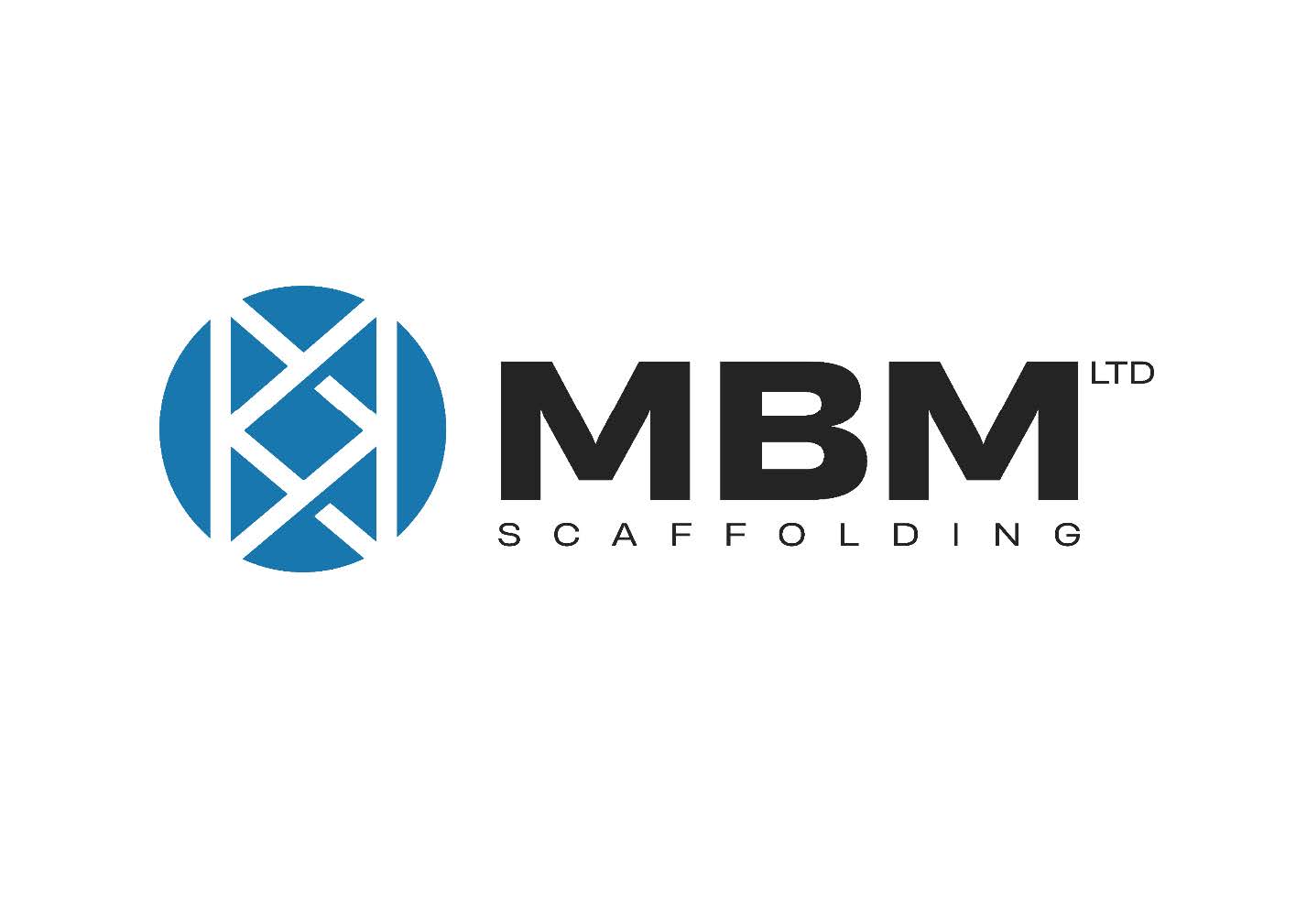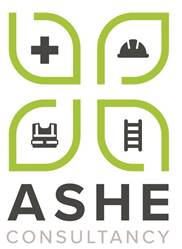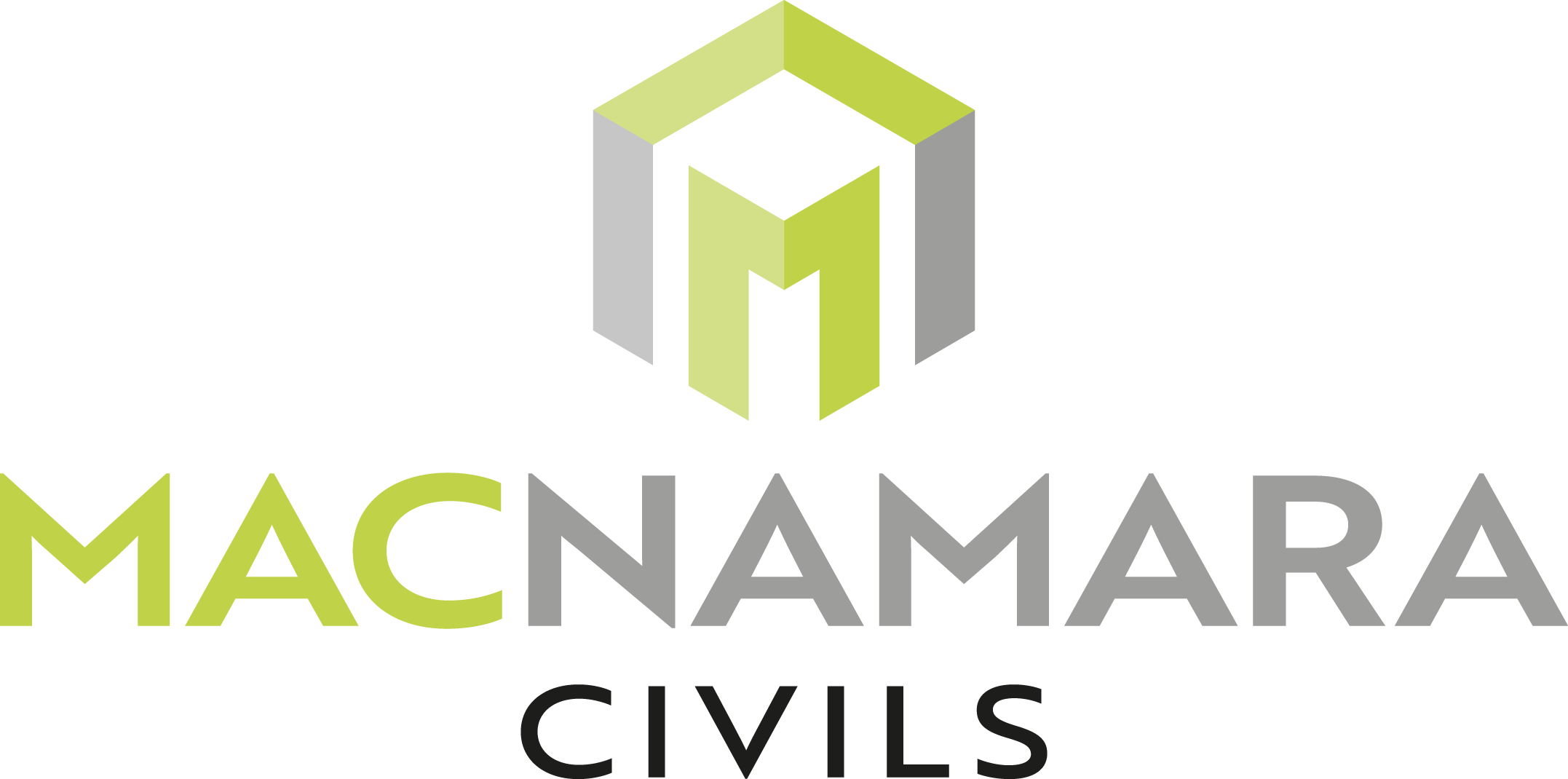Title Page
-
Trade / Job title
-
Start date
-
Employee name
-
Profile photo
-
Date of Birth
-
Your Contact Number & E-mail address
-
Your Address
-
Nationality
-
Sex (Male/female/Other)
-
Date of Induction
-
Inducted by
-
Emergency contact - full name
-
Emergency contact - phone number
-
Relationship
-
Address
-
I confirm that i have submitted Evidence of rights to work in the UK to the Head office prior to works commencing.
-
Photo of evidence of right to work in the UK.
WORK AND BANK DETAILS
-
Unique Tax Reference Number (if applicable) (If you do not supply us with a UTR number, the applicable rate of tax shall be 30% (rather than 20%) in accordance with CIS rules).
-
Are you VAT registered?
-
VAT certificate submitted?
-
National Insurance number
-
Bank or Building Society name
-
Name of account holder
-
Branch
-
Account Number
-
Sort code
-
Building Society number (if applicable)
-
IMPORTANT - in the event the payments are requested to third party accounts, we will require written instruction and supporting explanation and identification of the nominated third party for security reasons.
CONTRACT FOR SERVICES
-
A. The Contractor’s business is in Scaffolding and Roofing. The Contractor may require specific services for various projects for specified works at a certain site or location (“the Assignment”).
B. The Subcontractor has skills and abilities which may from time to time be available to the Contractor (“the Services”).
C. The Contractor and the Subcontractor agree that if the Subcontractor offers to make his services available to the Contractor and is engaged by the Contractor, the terms and conditions in this Contract for Services shall apply.
D. It is the intention of the parties that when the Subcontractor provides the Services to the Contractor for an Assignment, such provision of Services shall constitute a separate and distinctive engagement under this Contract for Services. Unless varied or amended or otherwise agreed between the parties under clause 27, these terms and conditions shall apply for each engagement -
OPERATIVE PROVISIONS
1. Both parties agree and intend that if and the Subcontractor agrees to provide services to the Contractor he is engaged as an independent business in his own right under a contract for services and not a contract of employment or any other kind of contract.
2. The Contractor is not obliged to offer any work to the Subcontractor, neither is the Subcontractor obliged to accept any work offered. The Subcontractor is not obliged to make his Services available at any time. Specifically, both parties agree that they do not intend to create or imply any mutuality of obligations at any time, either during or in between any individual engagement.
3. The Subcontractor shall act in a professional workmanlike way at all times and in the capacity of a specialist while carrying out the Services for the Contractor.
4. As an independent business the Subcontractor is free to decide how he provides the Services. Neither the Contractor, nor any other person will, or has the right to supervise, direct or control the manner in which the Services are provided by the Subcontractor, or any person engaged by the Subcontractor.
5. The Subcontractor is not obliged to seek permission from the Contractor to leave a location at any time but agrees to notify the Contractor of any such absence to ensure smooth delivery of the services and compliance with Health and Safety Legislation.
6. The Subcontractor will use his own initiative as to how best to perform the Services and has the flexibility to arrange when the Services are carried out, always provided that this does not unreasonably interfere with or delay other works being carried on by or on behalf of the Contractor or with any site restrictions in place on a particular Assignment.
7. The Subcontractor is free to provide any services to any other party at the same time as being engaged by the Contractor and the call on the services of the Subcontractor in priority to any third party.
8. Due to the nature of the Services, both parties recognise that certain equipment can be sourced and supplied more economically by the Contractor or any client of the Contractor, particularly if the type of Assignment is specialised or the Services are labour-only services. Where this is not necessary for the proper performance of the Services, the Subcontractor may use his own equipment.
PAYMENT FOR THE SERVICES
9. Formal written tenders will not be required. The parties agree that the agreed rate for the Services and the method of payment will be negotiated and agreed between them from time to time and this shall include verbal agreements of the rate of payment for the Services (plus VAT if appropriate).
10. The Subcontractor is not obliged to provide the Contractor with an invoice. The Contractor will provide a pay statement to the Subcontractor in accordance with the requirements of the Construction Industry Scheme when payment is made.
11. The Subcontractor should provide the services to the best of his abilities and to the standard expected of a comparable tradesman. If, in the Contractor’s opinion the Subcontractor (or any of its substitutes) has provided substandard services, the Contractor reserves the right to require the Subcontractor to rectify any substandard provision of Services in his own time at his own expense.
12. The Contractor will require the Subcontractor to have the required skills to perform the works; any shortages in skills or further training can be obtained through training arranged by the Contractor. The Subcontractor is responsible for his own training costs and therefore agrees to repay all cost in full association with the training, which will be taken in deductions from payments as verbally agreed with the Contractor.
13. The Subcontractor is responsible for all his travelling expenses to and from any location where he has been engaged to provide the Services. If transport facilities are made available by the Contractor, this is entirely at the Contractor’s discretion and such facilities may be withdrawn at any time and the costs of such facilities may be reflected in the price or rate agreed with the Subcontractor. Any transport facilities provided are strictly for business purposes only and any private use of such facilities is prohibited.
14. The Contractor and the Subcontractor are subject to the Construction Industry Scheme. The Subcontractor will provide to the Contractor at the earliest opportunity sufficient information to enable the Contractor to verify the Subcontractor’s payment status with HM Revenue & Customs. The responsibility for the accuracy of this information rests with the Subcontractor, and the Subcontractor will not be entitled to receive any payment under this contract until this information has been provided to the Contractor.
15. The Subcontractor is responsible for his own Tax and National Insurance contributions. (Where the Subcontractor is not gross, a deduction will be made by the Contractor under the Construction Industry Scheme, but this does not remove the responsibility of tax from the Subcontractor).
16. As an independent business, the Subcontractor agrees that he is not entitled to holiday pay or sick pay or any other payment for periods when the Services are not provided to the Contractor.
17. The Subcontractor is not entitled to receive any company benefits from the Contractor or partake in any pension run by the Contractor.
18. The Subcontractor is not entitled to participate in the Contractor’s grievance and disciplinary procedure.
19. The Subcontractor will not be entitled to receive payment for Services cancelled or where a site is closed, for example by reason of inclement weather.
HEALTH AND SAFETY
20. While the Subcontractors method of work is his own, the Subcontractor agrees that in the interests of Health and Safety obligations imposed on the Contractor, the Subcontractor agrees to comply with all reasonable operational rules relating to working hours, site security and safety.
21. The parties acknowledge that it may be necessary for Health and Safety reasons for the Subcontractor to be identifiable whether evidenced by security passes or on parts of clothing. However, the Subcontractor will not represent himself as a servant or employee of the Contractor at any time, but as an independent subcontractor in business on his own account engaged by the Contractor for the specific purpose of providing the Services. Any cost associated with clothing issued to the subcontractor will be deducted from the final amount due upon termination.
SUBSTITUTES
22. The Subcontractor has the right to send a substitute to perform the Services. The Subcontractor acknowledges that the Contractor has the right to refuse the substitute, only if, in the reasonable view of the Contractor, the substitute does not possess the necessary skills, qualifications and experience to perform the Services. No payment will be made by the Contractor in respect of any handover period or training required to ensure a smooth delivery of the Services.
23. Where a substitute is sent by the Subcontractor there shall be no contractual or financial relationship between the Contractor and the substitute. The Subcontractor is solely responsible for arranging payments to the substitute.
TERMINATION OF THIS AGREEMENT
24. This Agreement can be terminated by either party for any reason and without any notice being given.
MISCELLANEOUS
25. The Subcontractor confirms that he has read and understood the terms and conditions herein and has had the opportunity to discuss this agreement with any person or professional adviser he considers necessary before signing.
26. Both parties agree this is intended to be a legally binding contract governing the nature of the contractual relationship between them.
27. Both parties agree that, with the exception of verbal agreements referred to in clauses 9 and 12, these terms and conditions represent the whole agreement between them. No variations may be made to these terms unless agreed in writing by both parties.
28. Should the Contractor fail to enforce or apply any of the rights that it has under this Contract for Services, it shall not be construed that the Contractor approves or agrees to any breach of contract or that it loses its rights to enforce the terms of this Contract for Services in full at any time now or in the future.
29. The Headings used in the Contract for Services are for ease of reference only and are not intended to be interpreted as part of the terms agreed between the parties.
30. Words referring to the masculine are to include the feminine and words referring to the singular include the plural.
31. This Contract for Services is governed by the laws of England and Wales and subject to the jurisdiction of the English Courts and Welsh Courts. -
Add signature
Personal Details
This Health questionnaire section is designed to help the Company meet its legal Health and Safety duties, assess whether there are any existing health issues likely to affect your employment and to find out if any changes need to be made to the workplace under the Disability Discrimination Act 1995. Information given by you will also help us to work out if you need any vaccinations or any health checks as part of your job. It may be necessary to keep health related information for 50 years or even more. This will depend on the type of work undertaken, legislation (e.g. asbestos) and the age of the employee. The information supplied will remain strictly confidential and can be accessed only by authorised personnel. No information will be given outside of the company. A copy will be available when leaving the company’s employment. Please tick YES or NO to each question. It is important that you answer each question truthfully.
HAND ARM VIBRATION SYNDROME QUESTIONNAIRE
-
Date of previous HAVS screening (if completed)
-
Have you been using hand held vibrating tools, machines, or hand fed processes in your job, (IF NO, OR MORE THAN 2 YEARS SINCE LAST EXPOSURE - NO NEED TO ANSWER FURTHER IN THIS SECTION.
-
Do you have any numbness or tingling of the fingers lasting more than 20 minutes after using vibrating equipment?
-
Do you have any numbness or tingling of the fingers at any other time?
-
Do you wake at night with pain, numbness, or tingling in your hands or wrists?
-
Have any of your fingers gone white with cold exposure? (Whiteness means a clear discolouration of the fingers with a sharp edge, usually followed by a red flush).
-
Have you noticed any change in your response to your tolerance of working outdoors in the cold?
-
Are you experience any other problems in your hands or arms?
-
Do you have difficulty picking up very small objects, eg screws or buttons or opening tight jars?
-
Has anything changed about your health since the last assessment?
MEDICAL QUESTIONNAIRE
-
Do you have any injuries or orthopedic problems (hernia, back, knees, shoulders, etc)?
-
Do you suffer from impaired vision (long / short sighted, or colour blind)?
-
Do you have any difficulty in hearing in normal conditions?
-
Do you have any known cardiovascular problems (abnormal ECG, previous heart attack, etc)?
-
Do you suffer from any respiratory illness (COPD, asthma, etc) or have problems with nose, throat, or breathing when completing work activities?
-
Do you suffer from any stomach, bowel, bladder, hernia or kidney issues?
-
Do you suffer with any skin issues (dermatitis, or eczema)?
-
Do you suffer with any known allergies?
-
Do you suffer with Vertigo?
-
Do you suffer with Claustrophobia?
-
Do you suffer with Fainting or dizzy spells?
-
Do you suffer with Headaches / Migraines?
-
Do you suffer with Sinusitis?
-
Do you suffer with Tubercolosis?
-
Do you suffer with any blood borne disease, eg, HIV, Hepatitis?
-
Do you suffer with Anxiety, stress, or other nervous/mental disorder?
-
Do you suffer with Drug or Alcohol dependency?
-
Do you smoke or vape?
-
Do you suffer with Rheumatism, arthritis, tensons, ligament, joint issues?
-
Do you have any physical disability which could affect your work?
-
Are you currently taking any prescribed medicines that can make you dizzy or drowsy?
-
Have you ever been told that you suffer from a work related health problem?
-
Do you suffer from a frequent health problem that causes you to be off work for more than 2-3 times a year?
-
Have you ever had an illness or injury that has kept you off of work for more than 3 months?
-
Have you ever had to give up any previous job for medical reasons?
-
Have you ever received compensation for industrial injury or illness?
-
Have you ever been advised by a doctor, physician or specialist not to perform any type of exercise/activity?
-
Do you have any difficulty in reading, writing, or may be dyslexic?
-
Do you suffer from epilepsy?
-
Do you suffer from Diabetes?
-
Do you have any other medical condition, injury, or anything else we should be aware of?
WORK ACTIVITIES THAT CAN AFFECT YOUR HEALTH
-
In previous employment, have you ever had significant exposure to;
-
Vibration
-
Dust
-
Noise
-
Manual Handling
-
Cancer causing agents
-
Radiation
-
Hazardous chemicals
-
Skin irritants
-
Lead
-
Asbestos
-
Mineral oils
-
Tar
-
If the answer to any of the above is yes, Please give details.
-
I certify that all the answers given are true to the best of my knowledge and belief.
POLICY CONFIRMATION
-
I have read and understood the H&S Policy that was issued during my HR induction.
-
I have read and understood the Environmental Policy that was issued during my HR induction.
-
I have read and understood the Environmental Policy that was issued during my HR induction.
-
I have read and understood the Drug & Alcohol Policy that was issued during my HR induction.
-
I have read and understood the Training Policy that was issued during my HR induction.
-
I have read and understood the Anti Bribery & Corruption Policy that was issued during my HR induction.
-
I have read and understood the Anti slavery & Human Traficking Policy that was issued during my HR induction.
-
I have read and understood the Personal Protective Equipment Policy that was issued during my HR induction.
TO BE COMPLETED BY THE OPERATIVE
-
I am able to communicate in English and understand health and safety signs or warning indicators (If the answer is No, then a further risk assessment and additional control measures will be required).
-
I am aware that i must wear Hard hats, high visibility jackets, safety footwear and gloves, along with any other necessary task specific PPE / RPE / FPE as identified by way of Risk Assessment.
-
I am aware that i am responsible for the maintenance, use, and safe keep of any PPE issued to me, and will be liable to reimburse Globe Group for any lost, damaged, or neglected personal protective equipment assigned to me.
-
I confirm that i must complete daily pre use PPE / FPE / Equipment checks (visual) prior to works commencing, In addition, a recorded check must also be completed on a weekly basis.
-
I agree that i must attend a site specific induction, and read and comply with the controls that are set out within the Method Statements, Risk / COSHH Assessments.
-
I am aware that I need to report Immediately to the Globe Group Management team ALL accidents, incidents, near miss incidents, and any hazards that i feel may cause harm or damage.
-
I have been advised of the location of the First Aid facilities, welfare facilities, and the fire assembly point.
-
I agree that i must have a CSCS / CISRS /CPCS / NPORS Card or equivalent to be able to work on a construction site / operate plant, and must not carry out any works, or operate any plant or vehicle that i have not been assessed as competent to do so.
-
I am aware that good housekeeping is mandatory and Globe Group operate a 'sweep as you go' policy. All rubbish and waste materials to be deposited in skips provided, and any materials must be stored in agreed locations and in an approved manner. <br>
-
I confirm that i will not put myself or others at risk of harm as a result of my acts.
-
I am aware that the company provided uniform must be worn. <br><br>
-
I am aware that Smoking or vaping is only permitted in designated areas.<br>
-
I agree that Mobile phones must not be used in work hours unless required for the nature of the business, or if Health and Safety is compromised.
-
I am over the age of 18 and have no medical conditions which will affect the safety of myself, or others whilst working.
-
Note 1: If under 18 – a separate risk assessment is needed
Note 2: Medical conditions - details must be submitted to HR. -
Inductee Name and Signature
Manual Handling
-
Nearly all tasks involve manual handling. This can mean lifting and carrying, pushing or pulling a range of objects.
Some manual handling injuries may develop over a period of time rather than being the result of a single accident.
Other injuries from manual handling include bruises, cuts, hernias, wrenched shoulders and crushed limbs.
Back injuries, are a major concern for manual handling operations and can be caused by bad handling techniques.
If a load is lifted with the back in the wrong position, the lower back will take a lot of pressure. It is not designed to take this strain and may be damaged as a result.
It is not just lifting that causes strain. Over reaching and twisting when moving objects can also lead to injury.
Before lifting assess the weight of a load. Can manual handling of the object be avoided, and lifting machinery or aids be used instead? If not, do you need help in moving the load? If more than one person will be involved, you must work as a team with one person supervising the lift.
Assess the need for protective clothing. Should you be wearing gloves to protect your hands, or steel capped boots on your feet, or any other protective clothing?
Stop and think- PLAN THE LIFT. Where is the load to be placed? Use appropriate handling aids if possible. Do you need help with the load? Remove obstructions such as discarded wrapping materials. For a long lift, such as floor to shoulder height, consider resting the load mid-way on a table or bench to change grip. Position the feet
Feet apart, giving a balanced and stable base for lifting (tight clothing and unsuitable footwear make this difficult).
Leading leg as far forward as is comfortable and if possible, pointing in the direction you intend to go.
Adopt a good posture
When lifting from a low level, bend the knees. But do not kneel or overflex the knees. Keep the back upright,
maintaining its natural curve (tucking in the chin helps). Lean forward a little over the load if necessary to get a
good grip. Keep the shoulders level and facing in the same direction as the hips.
Get a firm grip - Try to keep the arms within the boundary formed by the legs. The best position and type of grip depends on the
circumstances and individual preference; but must be secure. A hook grip is less tiring than keeping the fingers
straight. If you need to vary the grip as the lift proceeds, do it as smoothly as possible.
Keep close to the load - Keep the load close to the trunk for as long as possible. Keep heaviest side of the load next to the trunk. If a close
approach to the load is not possible, slide it towards you before trying to lift.
Don’t jerk - Lift smoothly, raising the chin as the lift begins, keeping control of the load.
Move the feet - Don’t twist the trunk when turning to the side.
Put down first, then adjust
If precise positioning of the load is necessary, put it down first, then slide it into the desired position.
If in doubt, get help.
NEVER put your health at risk - if you’re unsure, always ask for assistance.
GLOBE GROUP carry out on-site manual handling training assessments, records of which will be held on file. Below is a list of
general products that are used by GLOBE GROUP that will be lifted as part of routine works, The Manual handling hierarchy as
set out above will be followed at all times. GLOBE GROUP provide lifting and moving equipment to enable materials to be
moved from place to place, always ensure that lifting / moving equipment is NEVER overloaded – if you are unsure – ASK YOUR SUPERVISOR!!
Steel Scaffold Tube KGs Per Item No. Per Tonne
21' Length 28.57 35
20 Length 27.21 37
19' Length 25.85 39
18' Length 24.49 41
17' Length 23.12 43
16' Length 21.77 46
15' Length 20.41 49
14' Length 19.04 53
13' Length 17.69 57
12' Length 16.33 61
11' Length 14.97 67
10' Length 13.6 74
9' Length 12.24 82
8' Length 10.89 92
7' Length 9.52 105
6' Length 8.16 123
5' Length 6.8 147
Timber Boards KGs Per Item No. Per Tonne
13' Length 23.81 42
12' Length 21.97 46
10' Length 18.31 55
8' Length 14.65 68
6' Length 10.99 91
5' Length 9.16 109
Fittings KGs Per Item No. Per Tonne
Drop Forged Double 1.31 763
Pressed Double 0.93 1075
Drop Forged Swivels 1.25 800
Pressed Swivels 1.09 917
Pressed Singles 0.68 1471
Sleeves 1.15 869
Spigots 0.9 1111
Base Plates 0.4 2500
As a general guide, the following amounts of materials will be the maximum to be lifted or lowered by rope and wheel:
• Two boards up to 4m (13 feet) long (47.6kg);
• One tube up to 6.4m (21 feet) long (28kg);
• Two tubes up to 3.0m (10 feet) long (27.2kg);
• Three tubes up to 3.0m (10 feet) long (40.8kg).
The maximum mass that can be hoisted on a Gin Wheel is 50kg, but please note that this also includes the
weight of the rope. It is therefore critical that the weight of the rope is taken into consideration when hoisting tube/boards at very high levels.
-
I have read the above Manual Handling training guidance, and understand that i must assess all loads prior to moving, pushing, or pulling any item, and use mechanical means (where possible) safely and within the Safe Working Limitations.
Competency / Qualifications
-
Please tick and provide photos (FRONT AND REAR) of relevant Training:
-
CSCS
-
CISRS
-
SSSTS/SMSTS
-
First Aid
-
CPCS / NPORS (Plant Operators)
-
Telescopic Handler
-
Asbestos Awareness
-
Abrasive Wheel
-
CCDO
-
Working At Height and Harness
-
Confined Spaces
-
Traffic Banksman
-
Fire Marshall
-
Slinger Signaller
-
Transporting Loads
-
Mobile Boom
-
Scissor Lift
-
Static Boom
-
Driving licence
-
If you hold any other qualification ensure that the office is aware and holds a copy for office records.
PPE (Personal Protective Equipment) issued Register
- PPE ISSUED
-
Hard hat
-
Hi - Visibility clothing
-
Ear defenders
-
Safety glasses
-
Gloves
-
R.P.E. / Dust protection
-
Foul weather gear
-
Foot protection
-
Harness
-
Other
-
Date issued/ checked
-
Inductee name and signature
-
Checked by? Name and Signature
Confirmation Statement
undefined
-
I declare that the above is a true statement of this induction document














